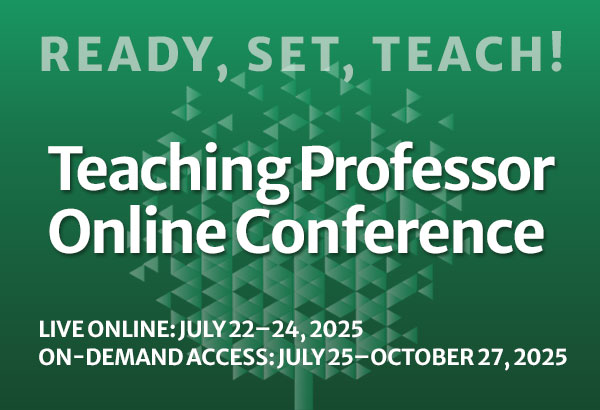
Making the Most of Teacher Professional Development
The intent of professional development is to help professors become better teachers, but it is sometimes unclear what efforts bring the most improvement. Research has consistently identified several best practices in teacher professional development. We’ll address three of those practices here: focus, duration, and collaboration








